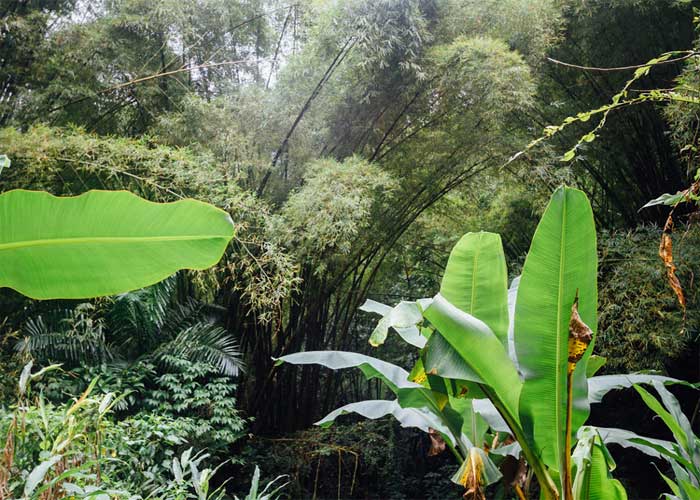 Climate Suitable for Bamboo
Climate Suitable for Bamboo
Bamboo plantations grow well in tropical to warm temperate climatic conditions. A temperature of 16 degrees Celsius is most suitable for the growth of bamboo plants. However, it does not prefer temperatures under 15 degree Celsius in summer. Bamboos can be planted at any time of the year in areas with mild climates.
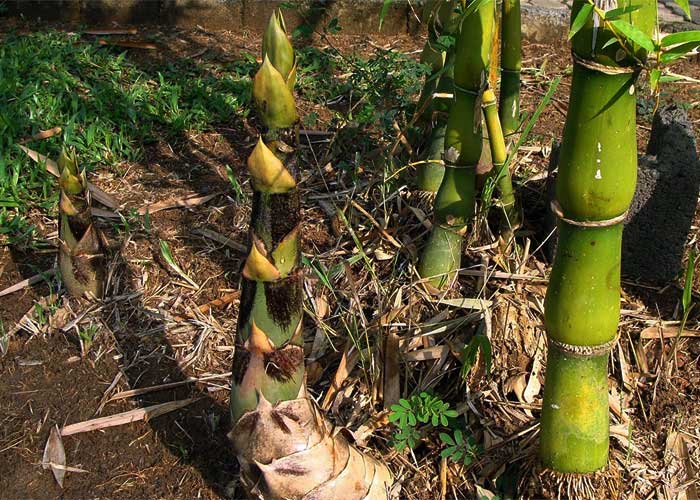 Soil Requirement for Bamboo
Soil Requirement for Bamboo
Bamboo shoots can be planted and grown in a range of soils, including degraded soils, except rocky soils. Well, drained sandy loam to clay loam soils with a pH range of 4.5 to 6.0 are best suitable. A well-drained soil prevents the plant from getting over-watered, which may cause the bacterial infection of rhizoids and subsequent decaying.
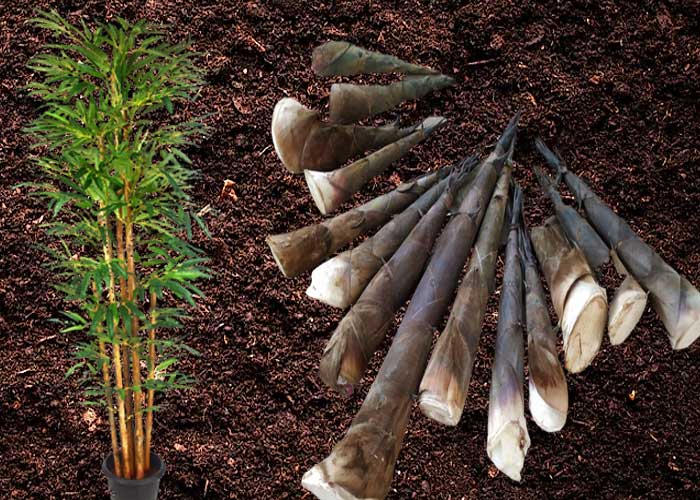 Propagation of bamboo
Propagation of bamboo
Bamboos are typically propagated through culms, cuttings, or rhizomes. Bamboo seedlings are raised on nursery beds and then allowed to grow in poly pots for up to a year. Later the seedling is transferred into the main field. Each method has both advantages and disadvantages. Some of these methods ensure a good survival percentage.
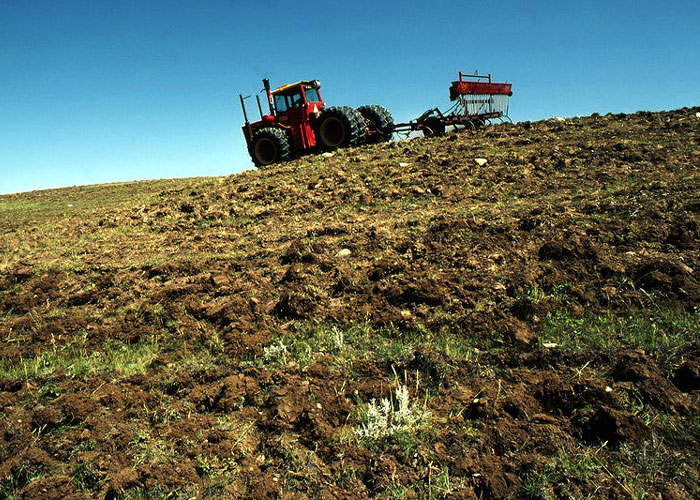 Site selection and land preparation
Site selection and land preparation
Bamboos can grow in degraded lands, large areas, marginal land, farm boundaries, slopes, riverbanks, and so on. Selection of suitable land for raising large-scale plantations is important and level land with good drainage or slopes of up to 10% with sufficient availability of water, access to road, transport, and market potential for the species are important aspects to be considered.
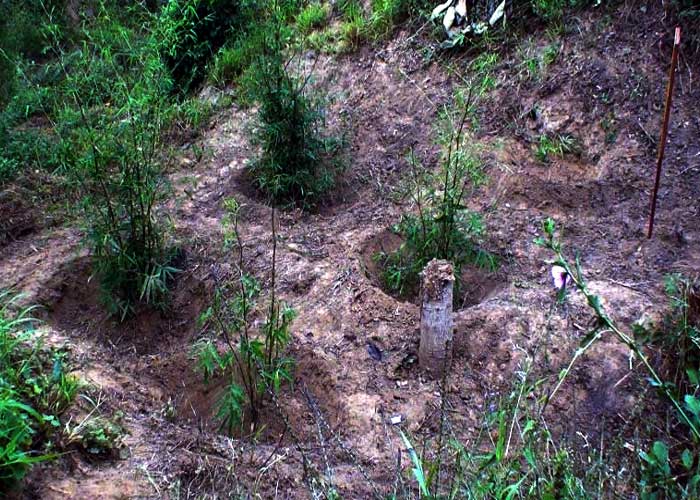 Spacing between Bamboo Plants
Spacing between Bamboo Plants
The spacing between bamboo plants will depend on the species to be planted, the primary goal of the plantation, and local soil and climate conditions. Higher densities (closer spacing) are preferable for small sized bamboos, whereas lower densities (more spaced out) are ideal for large sized bamboos. Refer the species database for the required space for each variety.
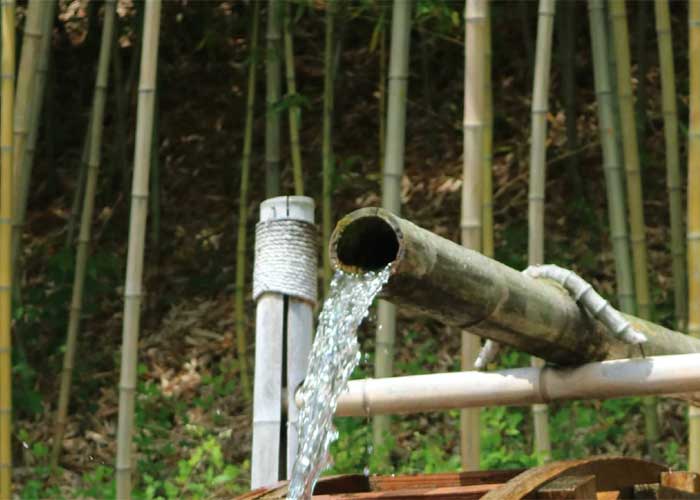 Irrigation for Bamboo Plants
Irrigation for Bamboo Plants
Irrigation must be done regularly while the bamboos are grown on nursery beds. Immediate water should be provided at the time of transplanting seedlings from the nursery to the main field. It must be noted that most of the bamboo species are sensitive to waterlogging hence you must drain out the soil, especially during heavy rainfall or flooding.
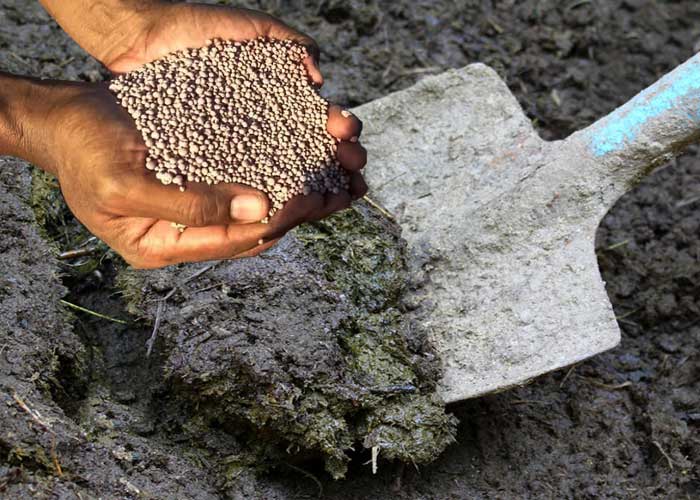 Manuring and Fertilisation
Manuring and Fertilisation
The bamboo plants are heavy feeders, and even rich soils can be washed away after a few years if no fertilizer is applied. Fertilisers are used to achieve good quality and yield, and it is always better to apply them after harvest and before watering the plants. Potassium and Nitrogen are vital components of fertiliser. Apply green manures, organic compost, and wood ash along with fertiliser.
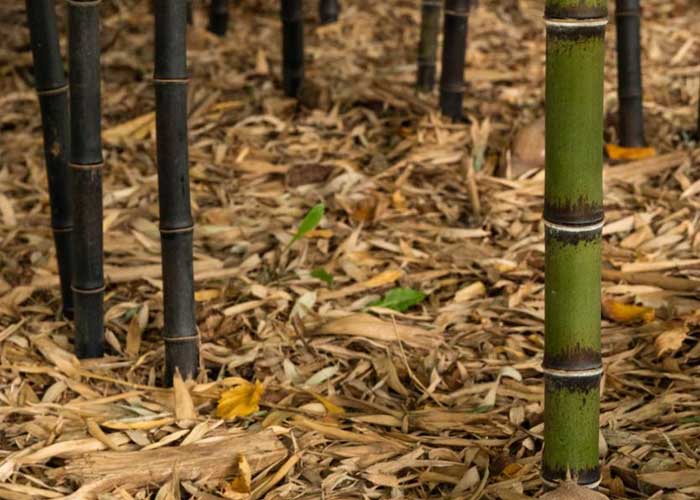 Mulching & Mounding
Mulching & Mounding
Mulching retains soil moisture as well as controls the growth of weeds. All transplanted plants should be mulched with straw or hay at a depth of 20 cm and a diameter of 2 m. It is advisable not to rake or sweep up the bamboo leaves from under the plant since they maintain the soil soft and moist while also recycling silica and other natural compounds required by the bamboo.
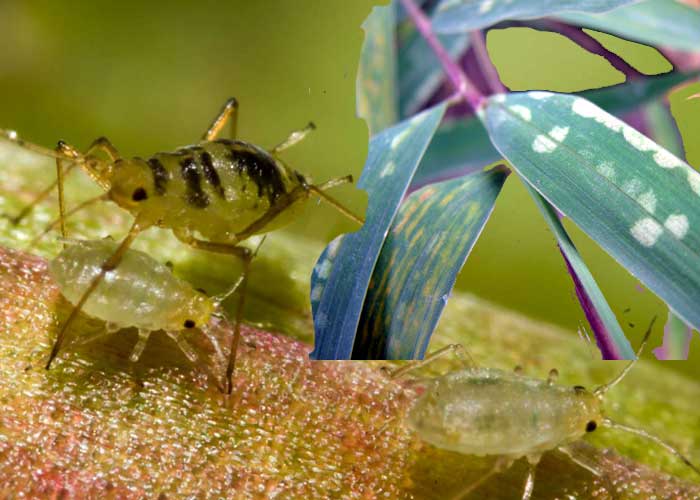 Disease and Pest Control
Disease and Pest Control
Bamboo seedlings in nurseries, plantations, and natural stands are prone to various diseases like rot and blight of emerging culms, foliage blight, rust, etc. The rot of tender emerging succulent culms is reported in bamboo species due to heavy rainfall and water logging during and after the emergence of culm, water logging around the clump, mining insect activity, and poor stand management.
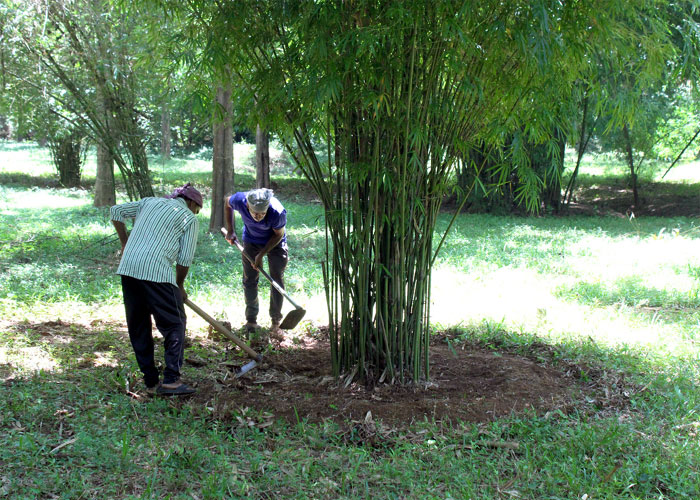 Weed Control
Weed Control
Annual weeds are easier to control because they only exist for one season and are spread by seed, but perennial weeds generate seeds and can also spread by tubers, rhizomes, and stolons. Hand weeding and hoeing should be done to limit the weeds. Mulching will also control the weeds. For appropriate chemical weedicides, contact your local agriculture department.
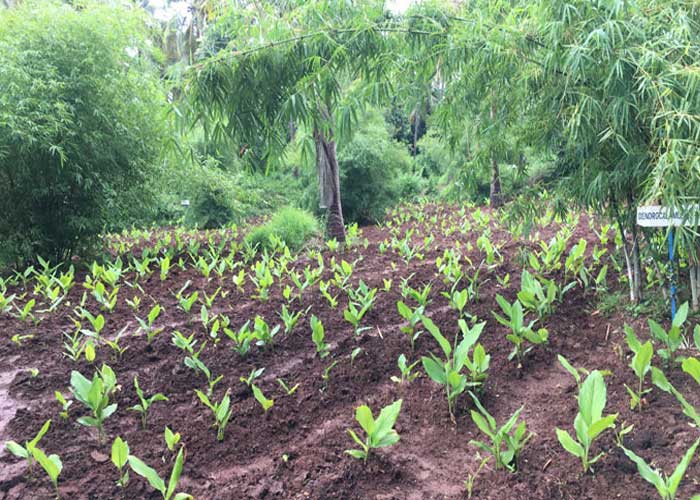 The intercropping
The intercropping
The gestation time of a bamboo plantation is 5 years, so the interspace can be used for extra income during the first 3 years by planting intercrops such as ginger, chillies or any shade-loving aromatic/medicinal plants. To care for their vegetables, farmers will be involved with maintenance activities that are favourable to the growth of the bamboo plants.
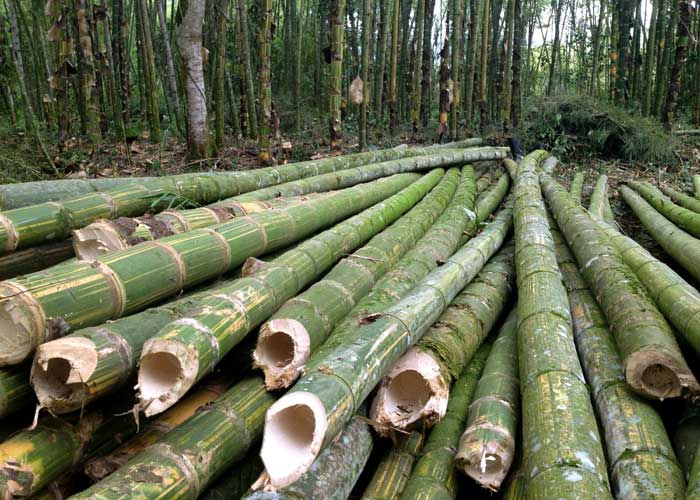 Harvesting and Yield of Bamboo
Harvesting and Yield of Bamboo
Bamboo can be harvested in the fifth year, but it is best harvested in the sixth year in commercial farming. In the 6th year, 6 culms/clumps can be harvested followed by 7 culms in the 7th year, 8 culms in the 8th year and 9 culms from the 9th year onwards. Generally, the 1 or 2-year-old culms are left for regeneration. The annual yield depends on the species as well as the environment.
